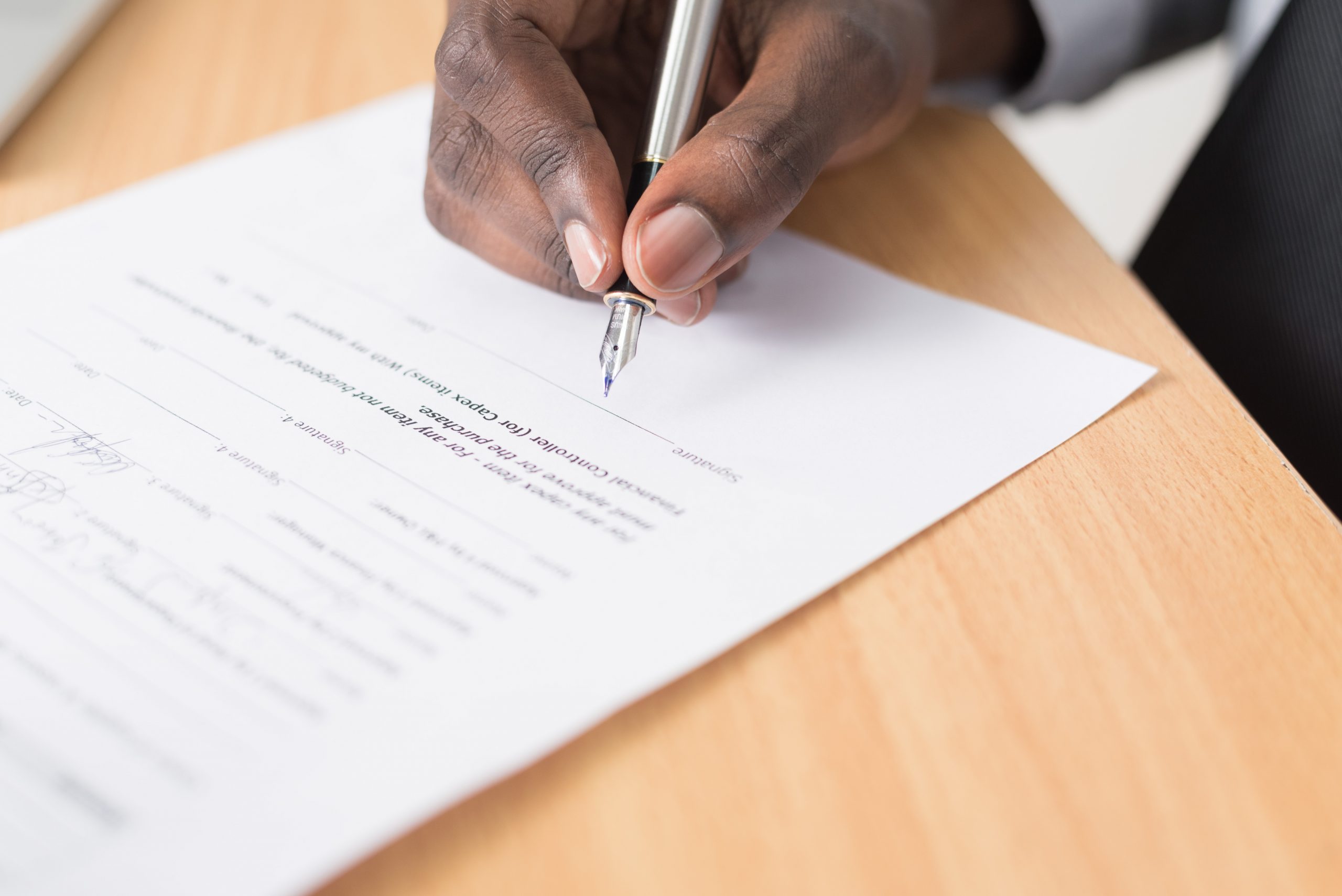The United States commands the largest economy in the world by GDP. A contributing factor is that the country makes it easy for foreign skilled professionals to come and work. Data shows that the US issues about 140,000 employment-based immigrant visas every fiscal year.
However, many people still enter the US illegally. Some others come in with a stamped visa and then overstay their duration. Employers who hire such persons risk getting into legal trouble, as the US employment law is strict and must be followed to a T.
Foreign workers must tick all legal boxes before getting a job. An illegal employee in your workforce can spell serious trouble if government authorities find out. For this reason, a service like E-Verify is indispensable in states where it is required. Read on to find out how the platform works and why it’s important in the hiring process.
About E-Verify
E-Verify was launched in 1996 with one goal: to help employers and HR managers hire workers without legal hitches. In other words, E-Verify aims to ensure a legal workforce. It prevents employers from retaining unauthorized workers, people who did not enter the US legally and have violated the immigration law.
The platform compares information from Form I-9 (Employment Eligibility Verification) to US government records to confirm if an employee is legally fit to work in the country. As an HR manager, you can use the system when recruiting nationals and foreigners. However, E-Verify is more popular for the latter.
You don’t pay to use E-Verify. It’s 100% free. The system is not complicated, and it’s fast — you get results in three to five seconds. So, it’s not surprising that over one million employers and HR managers use it. Note that some state governments mandate employers to use E-Verify for all or some sections of employees, although there’s no federal law enforcing it.
How E-Verify Works
Using E-Verify is a straightforward process. However, it is also recommended to seek advice from US immigration lawyers especially if you are using the system for the first time. Below are the steps involved:
Create an Account
First, you have to sign up on the website — www.e-verify.gov. You’ll provide basic details when completing the registration form and accept E-Verify’s terms and conditions. The website will also prompt you to complete a quick tutorial to grasp how the system works.
Enroll Your Company
The next step is enrolling in the employee verification program. You’ll need to provide details about your company and sign an MOU with the Department of Homeland Security and Social Security Administration. Both bodies hold records that E-Verify checks to confirm an employee’s eligibility.
Start Verifying
You can start verifying prospective employees immediately if your enrollment is successful. To do that, you create a case for the worker and enter their Form I-9 information. Note that if E-Verify is mandatory in your state, you must complete this within three days of the employee’s start date.
Review Results
Within seconds after submitting, E-Verify will return the case result. You’ll get the green light to hire the employee if their record matches the DHS and SSA database. Otherwise, the result will be a tentative non-confirmation (TNC). You either quit hiring the worker or inform them to take action and resolve the case. Resolving involves updating records at a DHS/SSA field office, and the employee must do this within eight working days.
Close Cases
You can close cases after receiving the final results. If the result is positive, you close immediately. For TNC cases, you can still close and resubmit later — when it’ll take long for the worker to update their records. If the employee’s verification isn’t confirmed and you close the case without resubmitting, you must terminate their contract. Retaining the worker puts your company at risk.
Importance of E-Verify in the Hiring Process
Faulting the US employment law isn’t favorable for any company or HR manager. So, a platform that ensures your workforce is legal and compliant is, without a doubt, essential. Of course, you can manually vet the eligibility of your employees. However, such an approach will be tedious, especially if you’re a large company.
E-Verify confirms whether a worker is authorized to work in the US within seconds. The only job you have to do is to provide Form I-9 details. In addition, the system works directly with DHS and SSA, making it easy to sync your business employee records with government records.
Furthermore, with E-Verify, you can avoid instances of hiring someone residing illegally in the country or having a record of immigration violations. It’s not just the US legal system that benefits from your using E-Verify. Your business is also at an advantage. If you’re hiring US nationals, for example, the platform will help ensure you don’t recruit a person with fraudulent employment history.
E-Verify Compliance Requirements
E-Verify outlines some requirements for employers and HR managers who use it. These include:
- Displaying Posters: you must put up posters notifying potential employees of your participation in the E-Verify program. These include “Notice of E-Verify Participation” and “Right to Work” posters. The notice should be in English, Spanish, and any other language the DHS specifies.
- Retaining Records: you should not delete case files of approved employees so long as they still work with you. The case verification number should be available for inspection if requested by any government officer. You can only delete the case file a year after an employee stops working for you or three years after hiring them, depending on which comes second.
- Notifying Employees: if an employee case gets a TNC result, you must inform them with a Further Action Notice. The worker has the right to decide whether to contest the result. If they move to contest, you’ll issue a Referral Date Confirmation.
- Protecting Employee Rights: avoid using E-Verify to disqualify employees based on discrimination — like country of origin, race, religion, gender, age, or disability.
Conclusion
Leverage E-Verify to ensure your workforce is on good terms with US law. You pay $0 to use the platform, so there’s nothing to lose. If you still have questions about how E-Verify works, get in touch with qualified immigration experts who have first-hand experience using the system.
Image source: https://unsplash.com/photos/GJao3ZTX9gU









